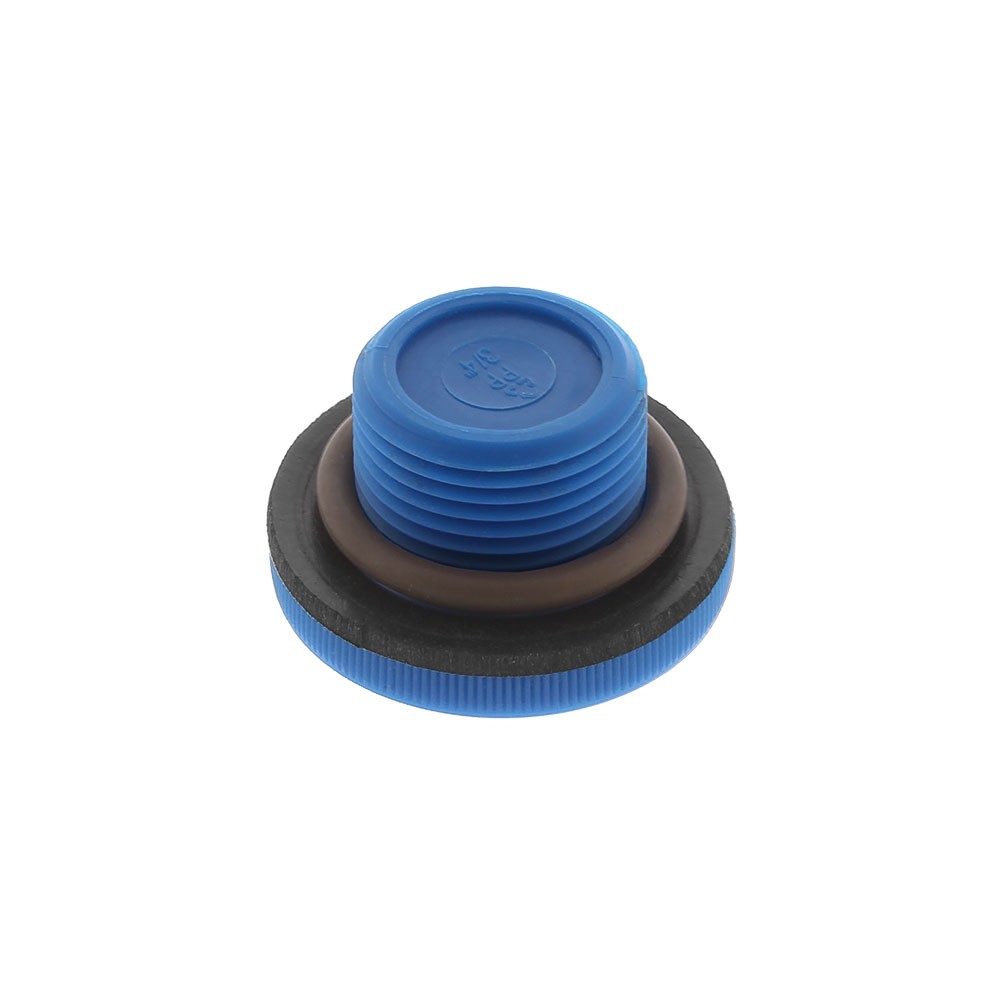SlugLife
Contributor
I happen to have several tanks, some with worn-down, chipped, or ugly paint. I also have some (no-bake) Cerakote, a extremely durable ceramic-based paint often used on guns, and was thinking my scuba-tanks would make a great practice-surface, and possibly some cool art-projects!
The basic process is to sand-blast the surface, paint with an air-gun in several very thin layers, and then let dry. My basic thinking is to install a "garbage" valve, sand-blast, paint, re-install my good valve, and move onto the next cylinder.
That leaves a couple interesting questions:
The basic process is to sand-blast the surface, paint with an air-gun in several very thin layers, and then let dry. My basic thinking is to install a "garbage" valve, sand-blast, paint, re-install my good valve, and move onto the next cylinder.
That leaves a couple interesting questions:
- Would you be concerned about sand-blasting near the markings on the top of the tank?
- What about the "Warning" stickers on the bottom of scuba-tanks. I could mask them, but I'd prefer to remove them and paint the whole cylinder. Should I just remove them and leave them removed? Should I replace them? The stickers say to not remove them, but otherwise don't really say anything too interesting. Would scuba-shops not want to fill cylinders which lack that sticker?
- Is there anything stupid about this idea? Anything I'm missing?





